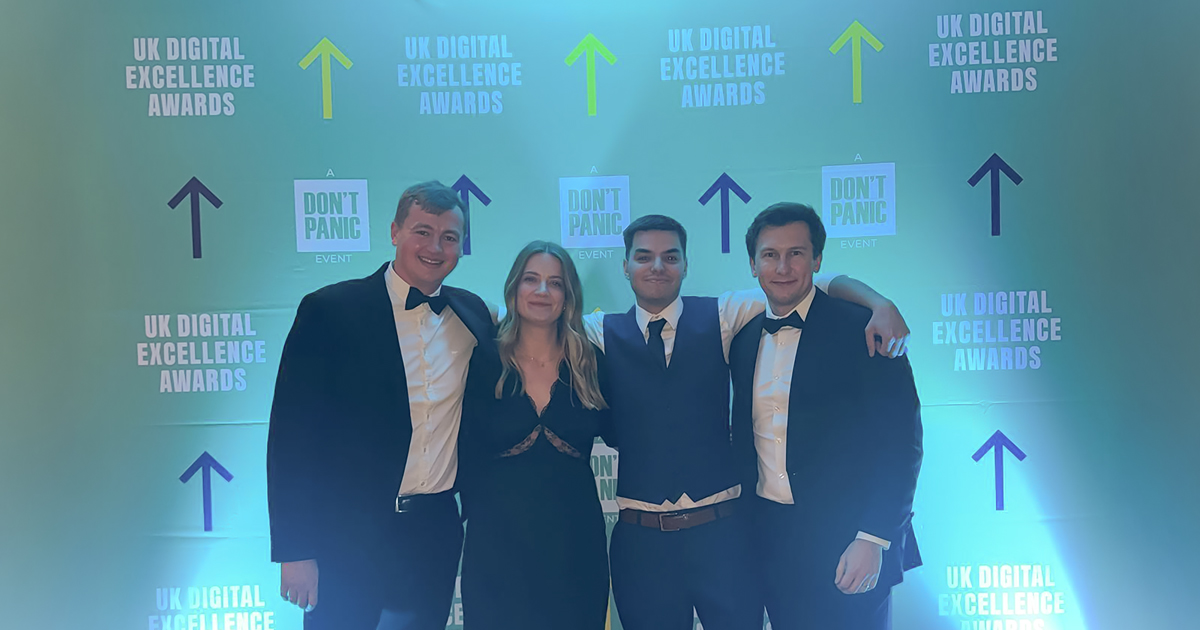Usercentrics is a global market leader in consent and preference management solutions, trusted by 2 million websites and apps in 180+ countries. One of the challenges faced in our industry, and in our PPC department has been low consent rates. Iselin faced this challenge with a creative and strategic approach, taking our campaign from negative returns to profitability.
The campaign challenge
Previously our campaign was bringing in too many “small fish” for the enterprise product we sell. These leads would end up buried in our CRM, never reaching a salesperson. We needed to “educate” Google what type of leads would be more likely to convert based on company size and user behavior on our website.
The calculations and solutions implemented
We implemented value-based bidding and predictive modeling to achieve this. We calculated the probability of a lead converting to a signed contract depending on how they became a lead — resource download, audit, call sales directly — and what the average estimated 5-year lifetime value was according to the company size of the lead.
To be able to push these values into Google Ads, Google Tag Manager and GA4 were used to pass the “company size” parameters that a user selected when submitting a lead form. This was in combination with what type of form — audit, resource, call sales — a user submitted. These events were then resurfaced in GA4, and custom events were created, grouping the parameters into events that created the options of, for example, “audit-medium-company”, “resource-download-big-company”, etc. These custom events were imported to Google Ads. Once in Google Ads, the calculated average 5-year LTVs were applied to each conversion goal.

Testing and refining new campaign goals
We switched the campaign’s goal to the new GA4 goals, starting with using all newly created GA4 goals, including counting values from resources, audits, and call sales conversions, but as testing continued, we switched the goal to “audit conversions” only, counting values from “medium and large business”. We disregarded any value coming from “small businesses”. The bid strategy was always “maximize conversion value”.
Campaign results
- Average monthly cost of EUR 20K in the pre-test period dropped to an average EUR 12K for the period after test launch.
- The Lead → Qualified Lead rate improved from 0.9% to 1.4%, a 57% increase.
- CPA of a qualified lead decreased by -58%.
- The campaign is now profitable.
This campaign shows how we used an advanced setup of value-based bidding within Google Ads for a B2B lead gen business. We have used new features from GA4 without relying on existing documentation, and we have come up with a strategy that is the foundation for the future: predictive modeling used in PPC.
What the future holds for privacy-led marketing
At Usercentrics we’re leading by example. We understand all too well the challenges faced by marketers in this privacy-focused era, and believe we’re in the early stages of a fundamental shift in how businesses interact with their audiences.
By utilising more advanced approaches, such as the one outlined above, while respecting privacy and data preferences, we are competitive while building brand trust and creating more ethical and sustainable privacy-led marketing strategy.








